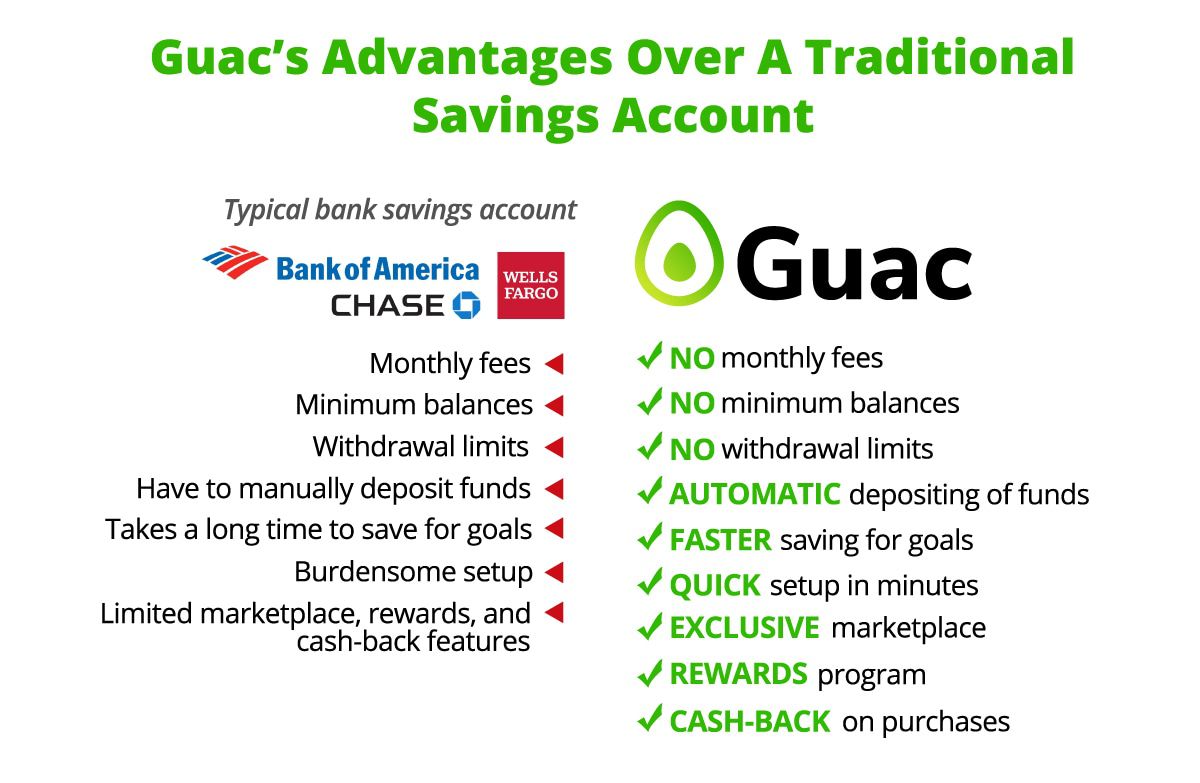
In your early years you might be asking yourself how much to save for retirement. Average people have 80% pre-retirement earnings, and Social Security replaces approximately 40%. You can supplement your income with annuities and pensions, but the best way to save money for retirement is to ensure that you have six months of living expenses. This will allow you to start saving early and help you build your retirement savings quickly.
80% of preretirement income
Popular methods for replacing preretirement income include the 80% rule. However, recent research shows that this may not be the right approach for many. The rule may not be applicable to you. Instead, focus on your expected retirement expenses. These are some suggestions to help you make your pre-retirement income last through retirement. It is a good rule of thumb to start with 80%. The 80% rule is a good starting point. However, your expenses might change such as a new mortgage, downsizing or other changes in your life. You should also consider your time horizon as well as your risk tolerance.

Social security replaces 40% income
Social Security benefits replace approximately 40% of your income during your retirement years. This doesn't apply to everyone, however. This is a larger portion of their benefit for low-income workers. Social security is a great way to supplement your preretirement income. Here are some useful tips to maximize your benefits. Before you decide how much to pay to Social Security, make sure to understand its coverage.
Annuities and pensions can be a great way to increase your income.
It is important to consider the possibility of not having enough money for retirement as people age. Statistics show that one in two people will need long-term care in their lifetimes. Fortunately, annuities can offset these costs with guaranteed income. Annuities offer income security and a steady stream.
Retirement savings accounts with tax advantages can help you get the most from your savings
There are many advantages to having your savings in a tax-advantaged retirement account. Even if your tax bracket is lower, after-tax accounts offer many benefits. After-tax accounts are tax-free and allow you to withdraw any amount at anytime. You don't need to worry about what taxes you'll have when you retire. This flexibility makes them ideal for long-term savings goals.

Get serious about saving for retirement
You can open an Individual Retirement account (IRA) at a brokerage company if you don't have a retirement plan sponsored by your employer. If you are over 50, you can contribute up to $5500 annually or $6000 annually. A Roth IRA, developed by the U.S. Department of Treasury, is another option. These accounts invest solely in treasury bonds and do not charge any fees. You don't have to worry about losing your money and can contribute as much as possible.
FAQ
How to Choose An Investment Advisor
The process of selecting an investment advisor is the same as choosing a financial planner. You should consider two factors: fees and experience.
Experience refers to the number of years the advisor has been working in the industry.
Fees are the cost of providing the service. You should weigh these costs against the potential benefits.
It is crucial to find an advisor that understands your needs and can offer you a plan that works for you.
How can I get started with Wealth Management
First, you must decide what kind of Wealth Management service you want. There are many Wealth Management services, but most people fall within one of these three categories.
-
Investment Advisory Services: These professionals can help you decide how much and where you should invest it. They advise on asset allocation, portfolio construction, and other investment strategies.
-
Financial Planning Services: This professional will work closely with you to develop a comprehensive financial plan. It will take into consideration your goals, objectives and personal circumstances. Based on their professional experience and expertise, they might recommend certain investments.
-
Estate Planning Services - A lawyer who is experienced can help you to plan for your estate and protect you and your loved ones against potential problems when you pass away.
-
Ensure that a professional you hire is registered with FINRA. If you do not feel comfortable working together, find someone who does.
What is investment risk management?
Risk management refers to the process of managing risk by evaluating possible losses and taking the appropriate steps to reduce those losses. It involves monitoring, analyzing, and controlling the risks.
An integral part of any investment strategy is risk management. The goal of risk management is to minimize the chance of loss and maximize investment return.
These are the key components of risk management
-
Identifying risk sources
-
Monitoring and measuring the risk
-
How to reduce the risk
-
Manage the risk
Statistics
- Newer, fully-automated Roboadvisor platforms intended as wealth management tools for ordinary individuals often charge far less than 1% per year of AUM and come with low minimum account balances to get started. (investopedia.com)
- A recent survey of financial advisors finds the median advisory fee (up to $1 million AUM) is just around 1%.1 (investopedia.com)
- If you are working with a private firm owned by an advisor, any advisory fees (generally around 1%) would go to the advisor. (nerdwallet.com)
- According to a 2017 study, the average rate of return for real estate over a roughly 150-year period was around eight percent. (fortunebuilders.com)
External Links
How To
How to invest your savings to make money
You can generate capital returns by investing your savings in different investments, such as stocks, mutual funds and bonds, real estate, commodities and gold, or other assets. This is called investment. It is important that you understand that investing doesn't guarantee a profit. However, it can increase your chances of earning profits. There are many ways to invest your savings. You can invest your savings in stocks, mutual funds, gold, commodities, real estate, bonds, stock, ETFs, or other exchange traded funds. These methods are discussed below:
Stock Market
The stock market is an excellent way to invest your savings. You can purchase shares of companies whose products or services you wouldn't otherwise buy. Additionally, stocks offer diversification and protection against financial loss. For example, if the price of oil drops dramatically, you can sell your shares in an energy company and buy shares in a company that makes something else.
Mutual Fund
A mutual funds is a fund that combines money from several individuals or institutions and invests in securities. They are professionally managed pools, which can be either equity, hybrid, or debt. A mutual fund's investment objectives are often determined by the board of directors.
Gold
It has been proven to hold its value for long periods of time and can be used as a safety haven in times of economic uncertainty. It is also used in certain countries to make currency. The increased demand for gold from investors who want to protect themselves from inflation has caused the prices of gold to rise significantly over recent years. The supply-demand fundamentals affect the price of gold.
Real Estate
Real estate is land and buildings. If you buy real property, you are the owner of the property as well as all rights. Rent out a portion your house to make additional income. You can use your home as collateral for loan applications. You may even use the home to secure tax benefits. Before purchasing any type or property, however, you should consider the following: size, condition, age, and location.
Commodity
Commodities include raw materials like grains, metals, and agricultural commodities. Commodity-related investments will increase in value as these commodities rise in price. Investors who wish to take advantage of this trend must learn to analyze graphs and charts, identify trends and determine the best entry point to their portfolios.
Bonds
BONDS ARE LOANS between companies and governments. A bond is a loan in which both the principal and interest are repaid at a specific date. If interest rates are lower, bond prices will rise. An investor purchases a bond to earn income while the borrower pays back the principal.
Stocks
STOCKS INVOLVE SHARES OF OWNERSHIP IN A CORPORATION. Shares represent a small fraction of ownership in businesses. If you own 100 shares of XYZ Corp., you are a shareholder, and you get to vote on matters affecting the company. When the company earns profit, you also get dividends. Dividends are cash distributions to shareholders.
ETFs
An Exchange Traded Fund (ETF), is a security which tracks an index of stocks or bonds, currencies, commodities or other asset classes. ETFs can trade on public exchanges just like stock, unlike traditional mutual funds. The iShares Core S&P 500 Exchange Tradeable Fund (NYSEARCA : SPY) tracks the performance of Standard & Poor’s 500 Index. This means that if you bought shares of SPY, your portfolio would automatically reflect the performance of the S&P 500.
Venture Capital
Venture capital is private funding that venture capitalists provide to entrepreneurs in order to help them start new companies. Venture capitalists finance startups with low to no revenue and high risks of failure. Venture capitalists invest in startups at the early stages of their development, which is often when they are just starting to make a profit.